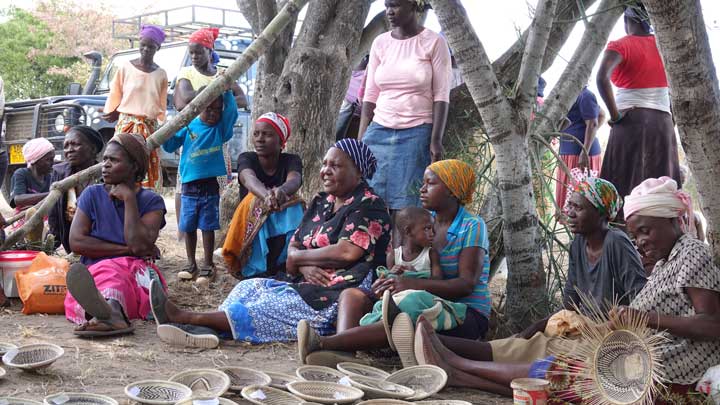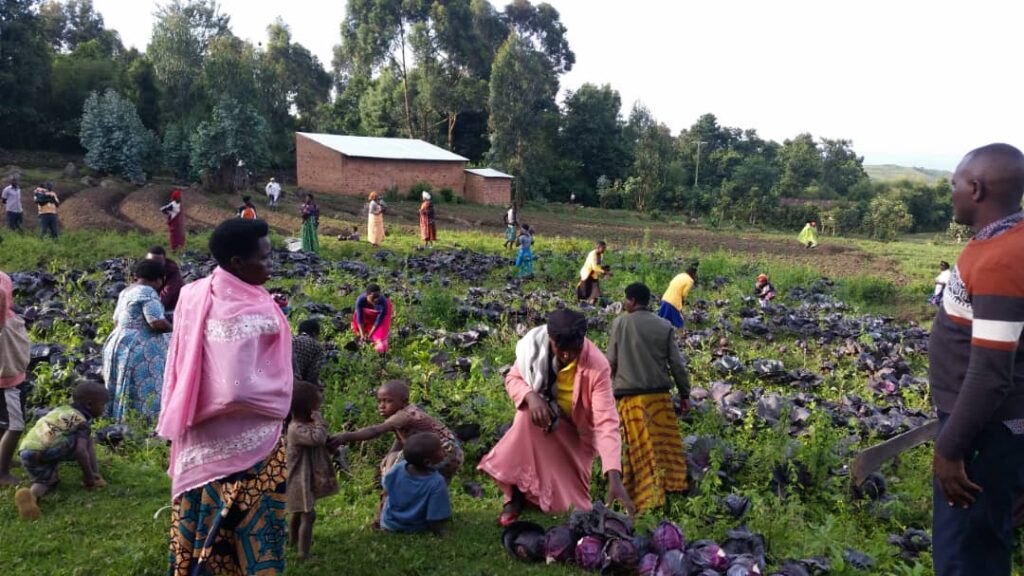Unfortunately, as with many decisions in the world women are disproportionately left out of the discussion when it comes to conservation. Less than 30% of researchers are women. They are paid less, their findings are not taken as seriously, and they find themselves discriminated against in a variety of ways in the field. Yet still, women do not cower to the position society has put them in, they are rising to the challenge. Their determination will change the projection of conservation to one based on empathy, inclusion, and community.
As we see more women break the glass ceiling in science and conservation we must also look to the women that have been doing this work all along, albeit in a quieter way. The success of conservation efforts relies heavily on the inclusion of local communities. Conservation efforts in the communities will only succeed through education, economic stimulation, and a cultural appreciation of endangered species. Then we will see a new balance in the world, one where people and wildlife live side by side. But this community-based approach must also appeal to local women by breaking down barriers of sexist education practices, by empowering them with new tools and knowledge of how to work with and respect the land around them. To give them opportunities that once were not afforded to them. In other words, we will never see the success of conservation without the success of feminism.


Women are often the gardeners, the tenders of the land. They are the gentle hand that prepares their families food directly from the plants fostered from their land. So why is it that these women’s voices are most often the voices ignored when it comes to conservation? Why do we not address the native women’s cultural knowledge as important as the white man’s study? There is no good reason. These barriers of racism and sexism must be broken down. If society is committed to healing the earth, to saving endangered species, we must listen to the women who have been doing so since the beginning of time.
In societies around the world, you will find women and children together. Whether they are raising them as their own, teaching them in schools, or fostering youth within their communities they are there, they are together. Women are constantly teaching – whether they realize it or not. Their words, their actions, and their beliefs are passed onto the next generation in these close relationships. If we educate, if we empower, if we allow conservation to be spearheaded by women we are ensuring the next generation will grow up with values that will be necessary for the preservation of the world.
Conservation is a passion-driven field and if it is to succeed we must ensure it is a field of inclusion, where women, native people, and people of color are equally present in the discussion and implementation of practices. Because it is only with this inclusion that we will see a brighter future, where the animals we loved as children will be around for our own children to love.


